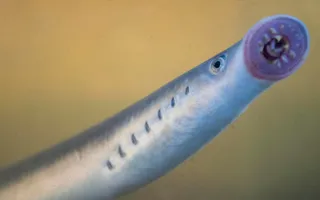Rudd and our canals
Rudd are found in most of our canals and rivers. They love clear waters that are rich in vegetation.
The rudd is very similar to the roach, and like the roach, they’re prey for plenty of species that call our canals home. Smaller rudd are often taken by perch and kingfishers, while larger rudd are preyed upon by pike and otters.
How to identify a rudd
Its shiny golden scales and blood-red fins can make it difficult to tell apart from the roach.
The rudd has yellow eyes and an upturned mouth for feeding on insects at the surface of the water. Their pelvic fins are in front of the dorsal fin.








